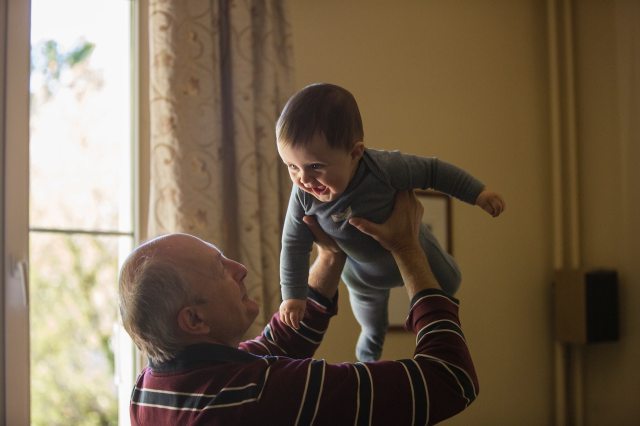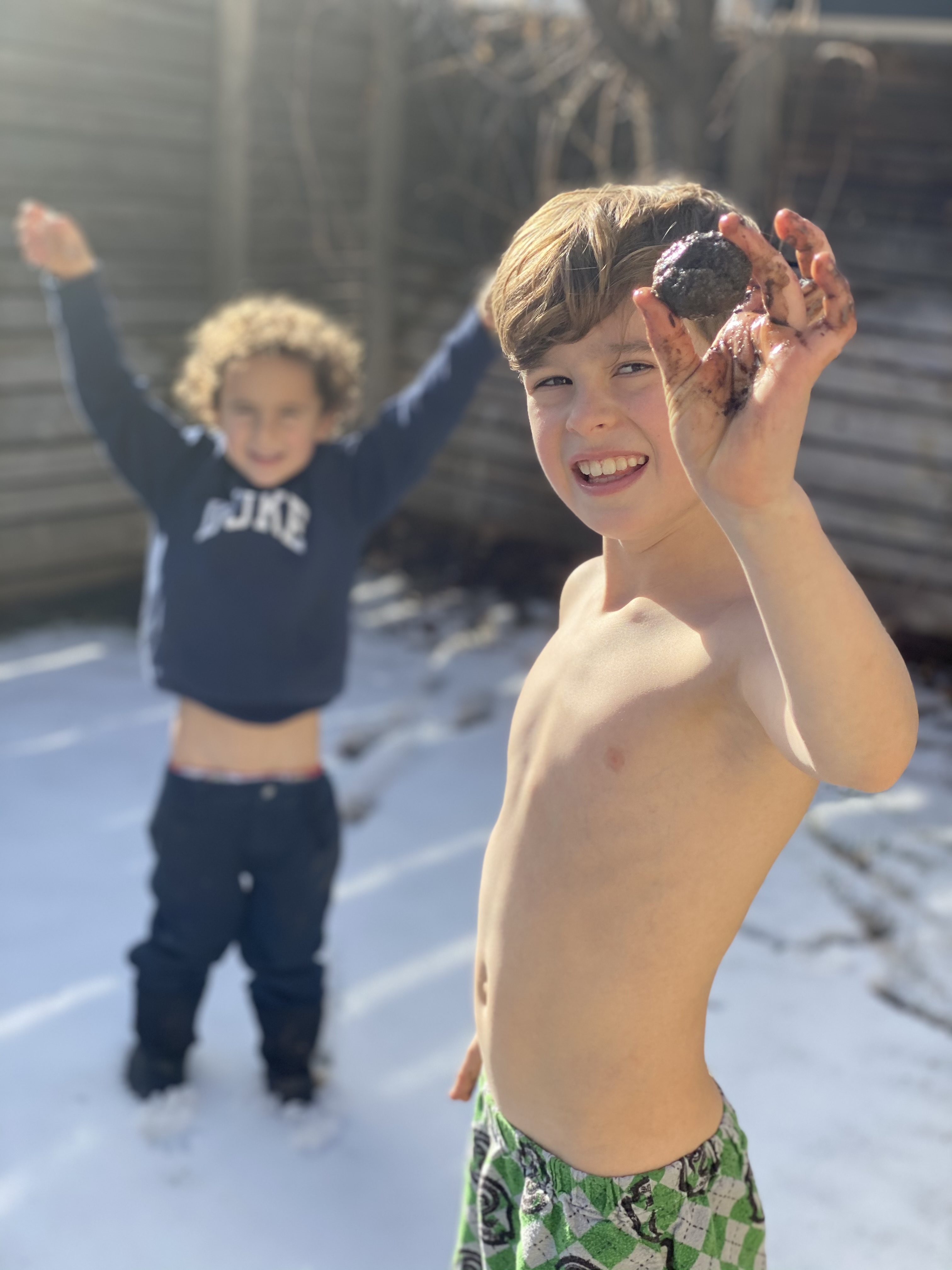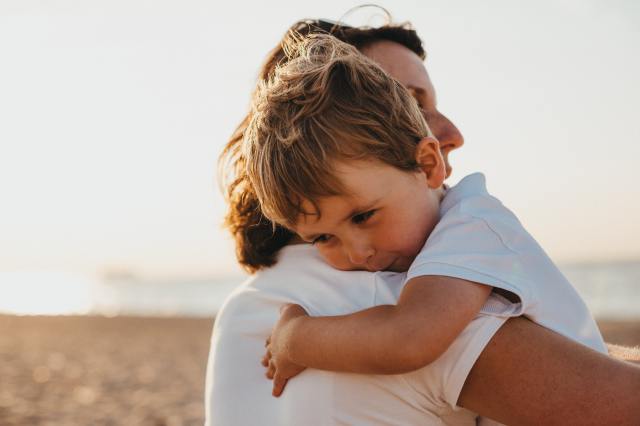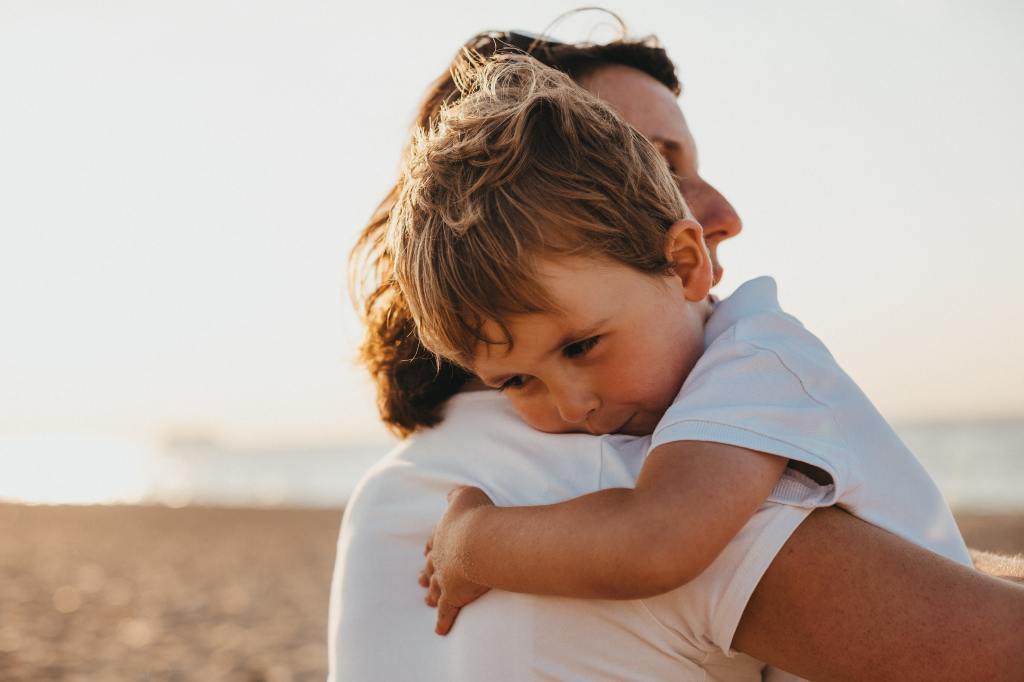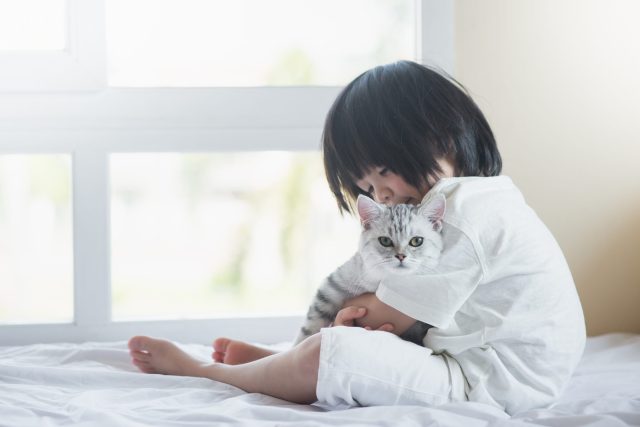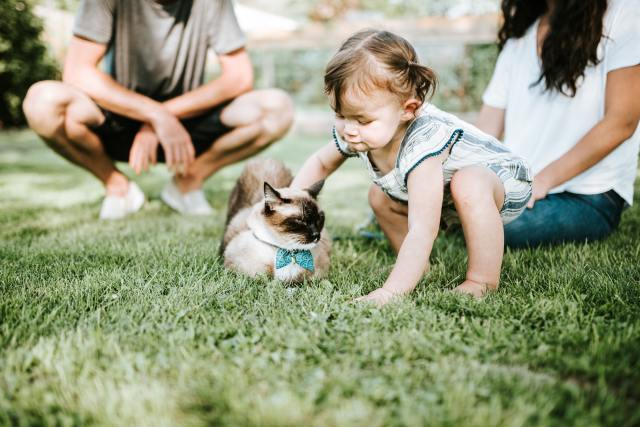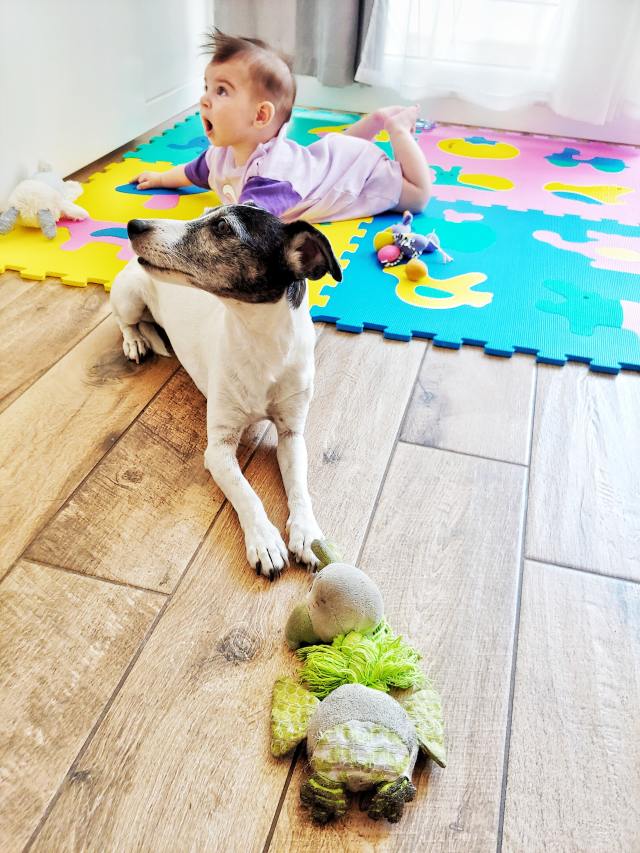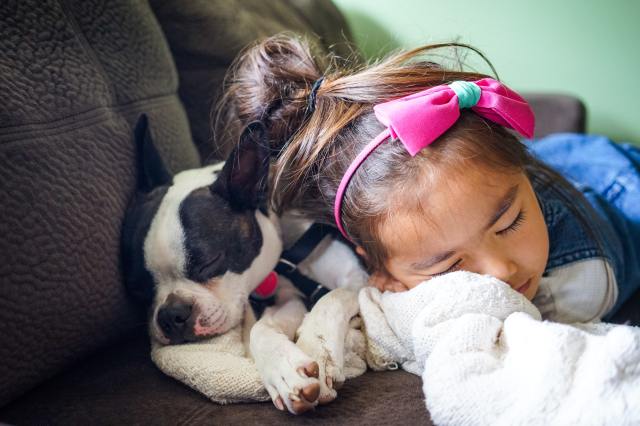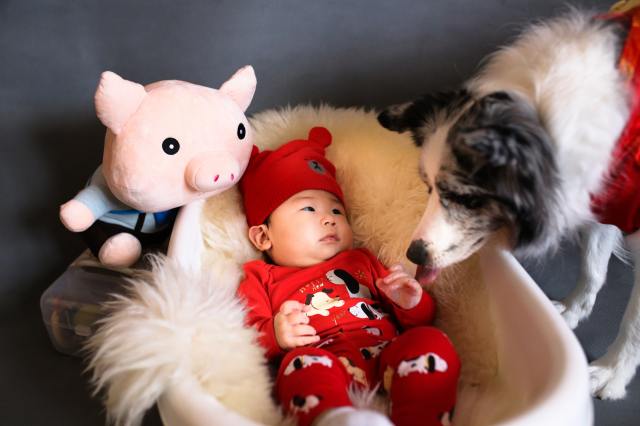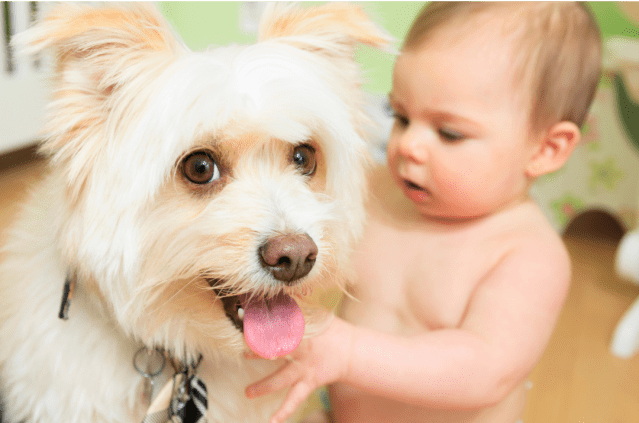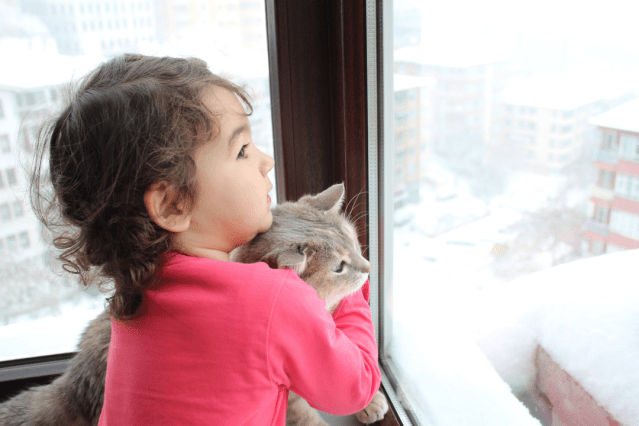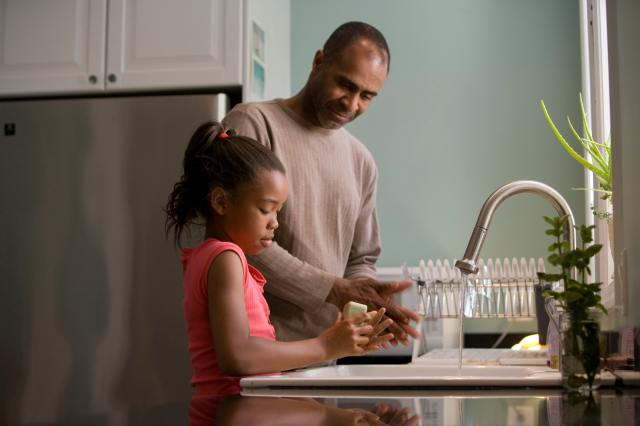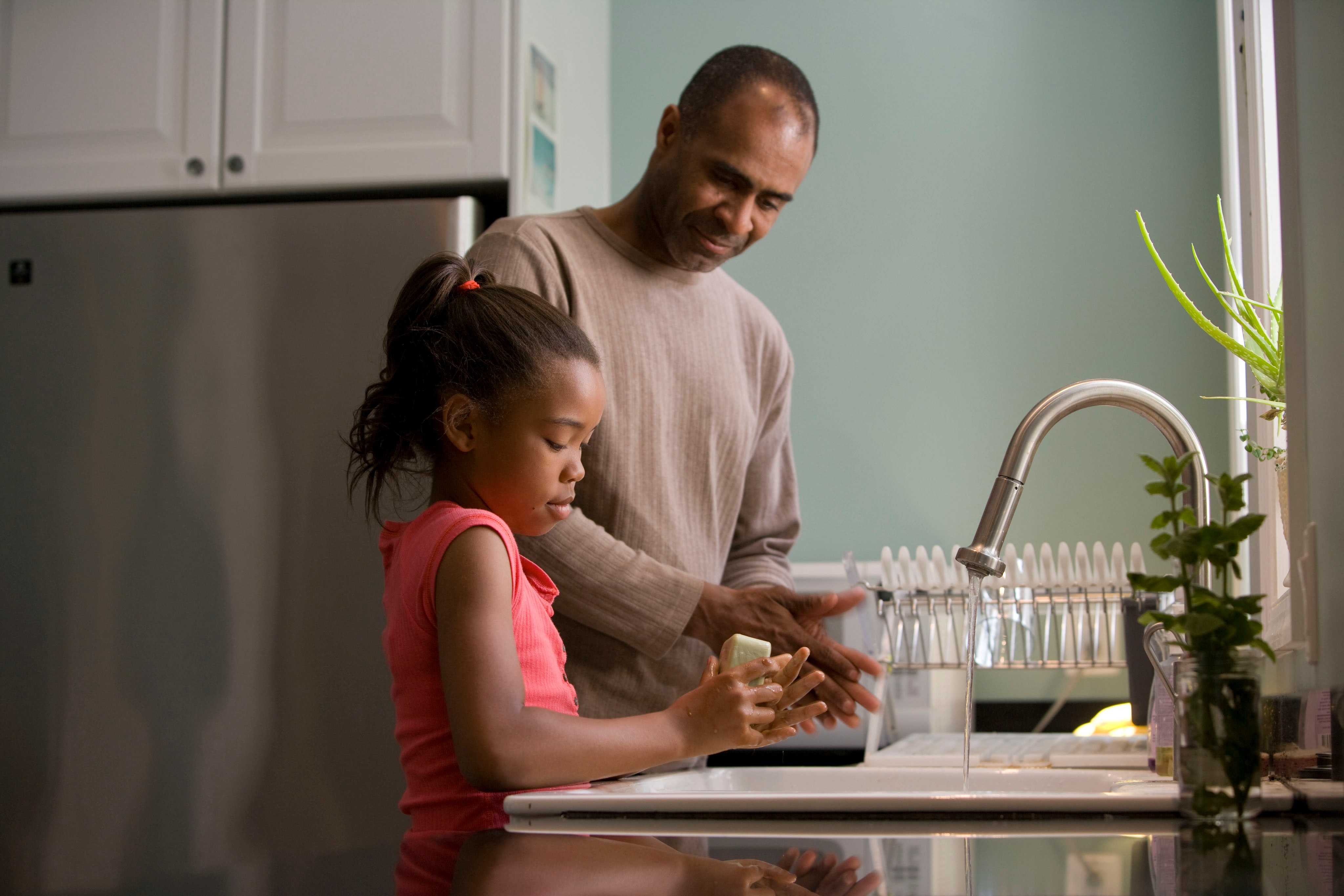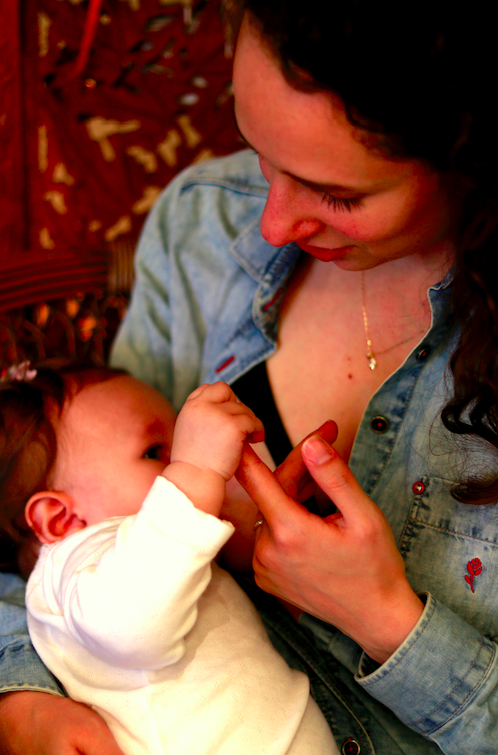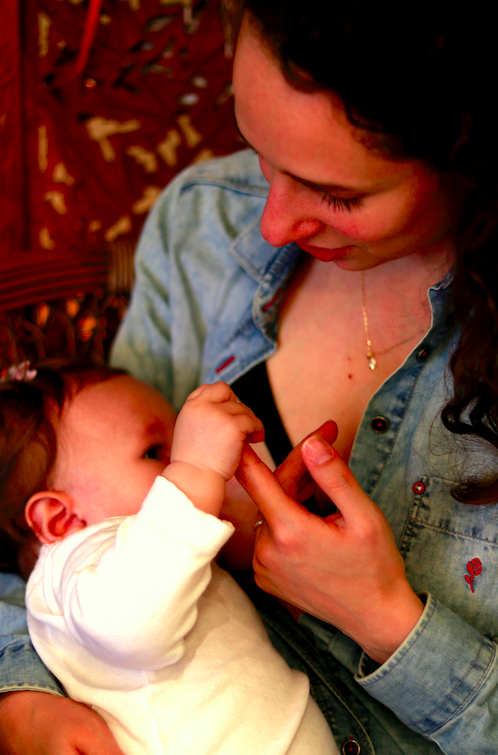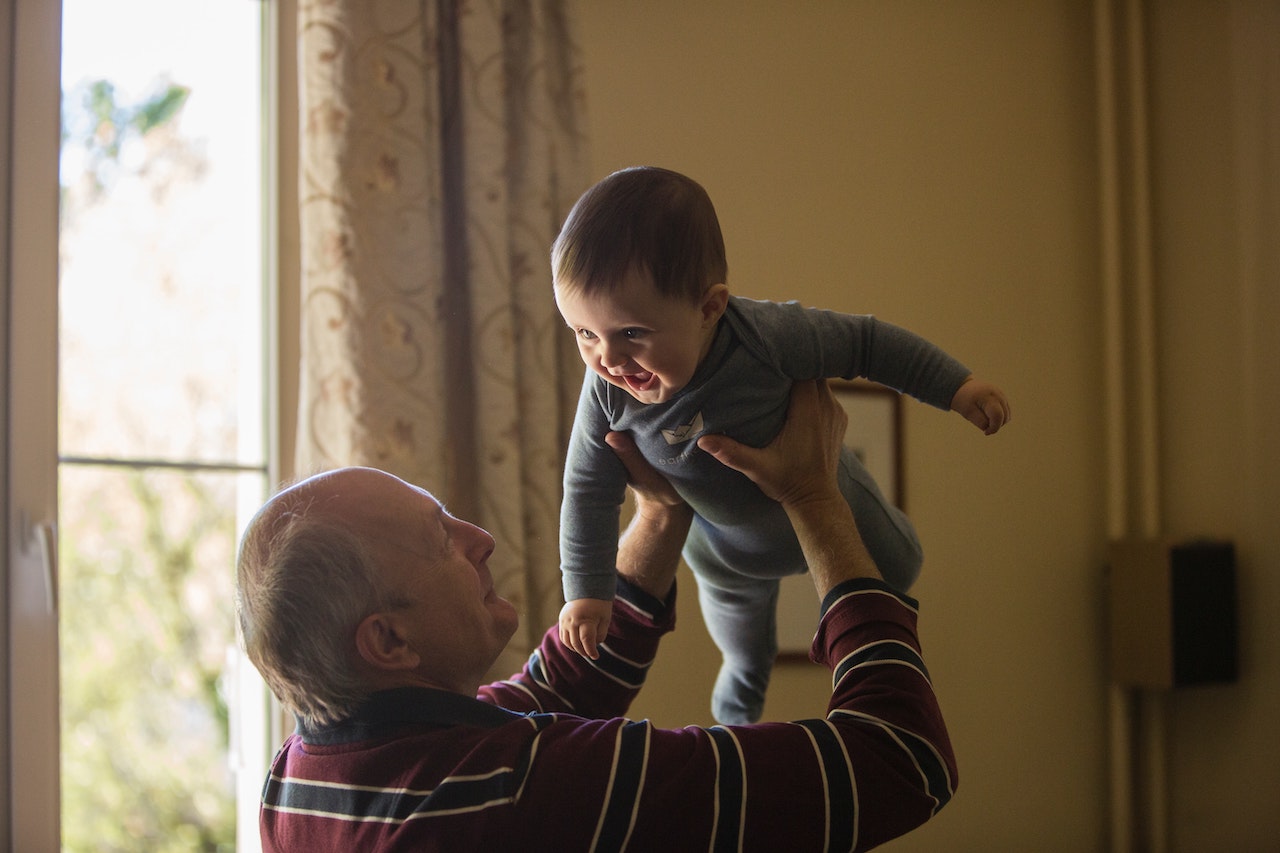
You’re so focused on being a great parent today that you are probably not thinking about what kind of grandparent you’ll be tomorrow…I get it. But busy parents like you deserve more than a little praise right now and here’s the good news. Everything you are currently pouring your heart into is going to help your family for generations to come. And if you are lucky enough to wear the Grandparent hat one day, here is why you will succeed:
1. You have us! And by us, I mean the countless Boomer age (and older) parents who are no longer clueless. How did this happen you ask? Simple longevity plus trial and error have their rewards—from the inane (if you sit too close to the TV you won’t really go blind) to the significant (there is no such thing as loving your child too much)! As a result, we know that doing even simple things with children, such as giving hugs and spending time with them, releases feel-good hormones (like oxytocin) that help a child feel content and calm. So, of course, that’s what we do with your children. Please take note it works for us, too.
2. You are already Rock Stars. Okay. At first, we weren’t sure how this parenting thing would go for you. But we’ve now seen you in action. Do you know how many times we have thanked God we are not now raising kids because of social media issues alone? Throw in the pandemic and you are by far the best parents we have ever seen! Seriously. We have watched you do everything—from homeschooling to grocery wipe downs. We’ve seen you shine with everyday successes. More importantly, we’ve seen you fail and get back up again. This “can-do” attitude, coupled with your absolute ferocity in protecting your loved ones (including us) humbles our hearts and warms our souls. We also know you will only improve with age. See point one.
3. Your kids are smarter than you. Yes, I know this may be hard to believe when your (supposedly) potty-trained toddler still asks for a diaper so she can go number two. But hang in there. Even today’s pre-teen children already care about really important issues—everything from diversity and inclusion to healthy eating and protecting the planet! There’s no way they are going to ignore the benefits of what you, as a grandparent, can bring to the table for their own kids! We already know that people who have more social support through intergenerational connections have better mental and cardiovascular health—not to mention stronger immune systems and cognitive performance. And the research will only get better. So you’re pretty much gold.
We current Grandparents will joyfully accept all kudos on this year’s Grandparents Day (hint: Sunday, Sep. 12th!) But we also must raise a glass to you parents…right now…for all the marvelous things you do, day in and day out. Your children will reap a lifetime’s worth of benefit and, to be purposefully grandiose for a moment, the nurturing you’re doing today will contribute to a healthier society in the future. So congratulations and take a well-deserved breath!
We love our grandchildren mightily…but you are the ones who originally stole our hearts!
